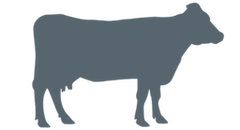
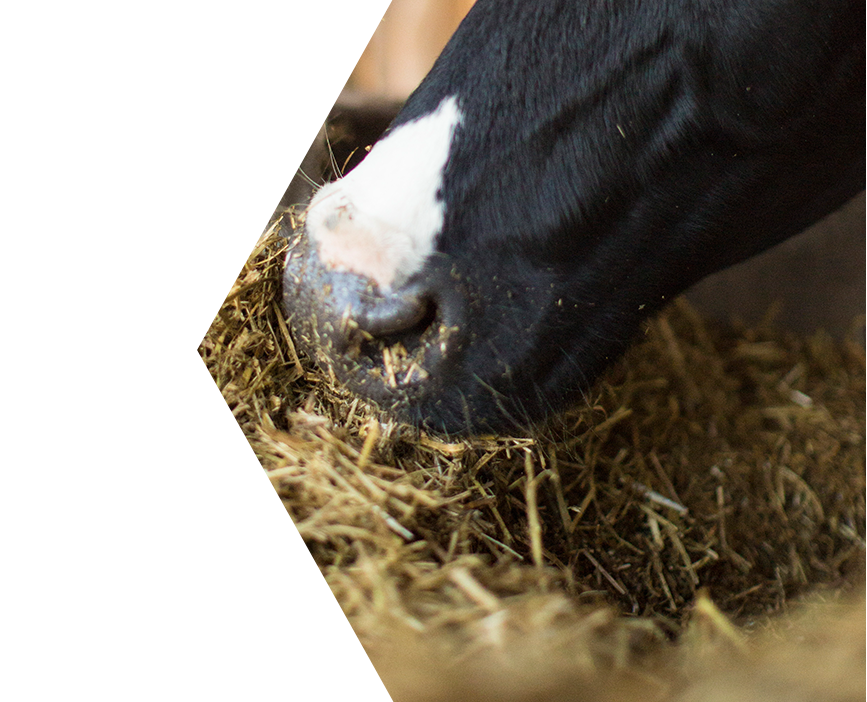
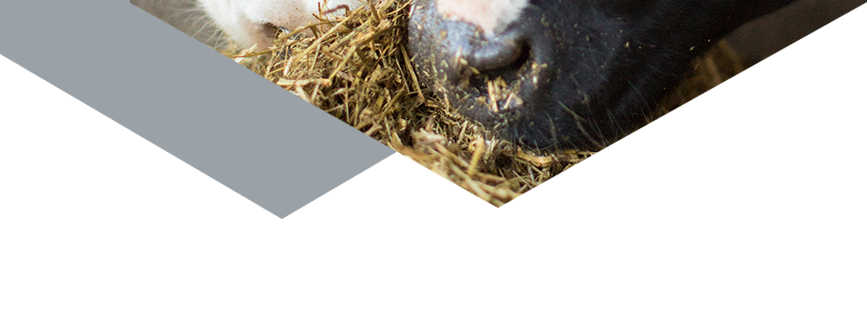
European feedstuffs at risk from mycotoxins this year due to challenging summer weather
Ruminants at Risk
Mycotoxins are a regular concern for agriculture as they affect feed quality and animal safety. Mycotoxins, or secondary metabolites produced by certain species of molds, can have toxic properties that negatively impact animal performance and health.
Although mycotoxins were first identified over 50 years ago, they have recently gained more attention because of increased monitoring, improved analytical technology, continued scientific research and extreme climate conditions. The occurrence and concentration of mycotoxins is influenced by many factors, including drought, excess rainfall, hot or cool temperatures, pests and even agronomic practices (Jouany, 2007).
Mycotoxins can exert negative effects on ruminants after both acute (i.e., large single dose) and chronic (i.e., lesser quantities over time) consumption. Chronic mycotoxin consumption is often more challenging, because a mycotoxin risk may not be noticed until a loss of production and health has already occurred.
Ruminants may show a multitude of symptoms, including changes to feeding behavior, altered rumen function, gut damage, changes to endocrine system signaling and modification of immune system responses. Together, these effects can cause dairy animals to have lower milk production and altered milk components (Santos and Fink-Gremmels, 2014).
These animals may also have poor udder health with increased somatic cell counts or increased incidence of mastitis. When a change in production or health occurs, there is often a negative effect on profitability.
Mycotoxins are seldom found in isolation, thereby increasing the challenge facing the animals on-farm. When multiple mycotoxins are consumed, they may have additive, or even synergistic, interactions that increase the overall risk to performance and health. As a result, a cow may have a stronger response to mycotoxins than what would be expected if it was experiencing a single mycotoxin challenge.
Weathering the Mycotoxin Storm
Much of Europe saw extreme weather patterns this summer, from extreme drought and heat waves to excess rainfall. Both types of weather patterns can cause stress to the growing and developing crop, and it can make an ideal breeding ground for mold and mycotoxins.
Italy, in particular, has experienced drought and several heat waves that have stressed summer crops, including grains, plant proteins and forages. As a result, all crops could be at risk of multiple mycotoxin contamination.
Producers should also be wary of rainstorms during harvest. If grains or forages are harvested and stored with excess moisture, they become an ideal substrate for the growth of Penicillium and Aspergillus species of molds that produce storage mycotoxins.
Utilizing technology from the Alltech 37+® mycotoxin analytical services laboratory located in Dunboyne, Ireland, initial harvest survey results for European crops in 2017 are indicating that both grains and silages are at risk of mycotoxin contamination.
Grain samples are reporting a potent mixture of mycotoxins, including ochratoxins, type B trichothecenes, fumonisins and ergot toxins. Although these initial grain samples have typically been at lower risk to the mature ruminant, they may still play a role in overall dietary issues.
Despite the lower mycotoxin concentrations in grain, 2017 forages samples have shown higher mycotoxin risks for all ruminants. Forages, including grass and corn silages, appear to contain multiple mycotoxins this year, particularly from mycotoxins produced by Fusarium, Aspergillus and Penicillium molds (Figure 1). So far, these silages samples have contained higher risk levels of aflatoxins, ochratoxins, type B trichothecenes and the Penicillium mycotoxins (Figure 2).
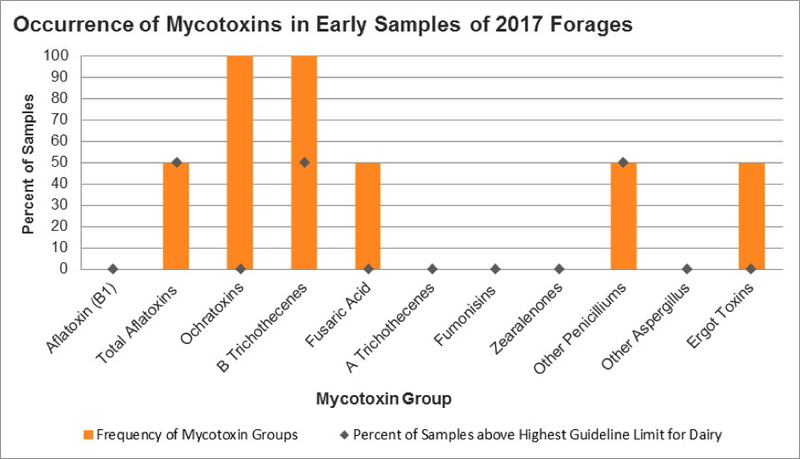
Figure 1: Occurrence of mycotoxin groups in initial samples of 2017 European silages (mycotoxin analysis by Alltech 37+®)
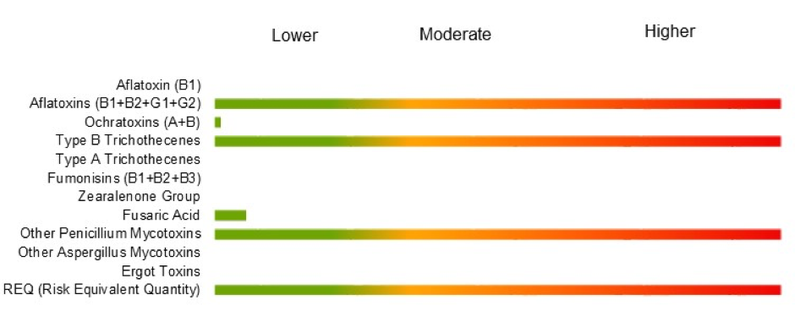
Figure 2: Assessment for mycotoxin impacts on dairy cow performance for initial samples received for the 2017 forage harvest in Europe as measured by Alltech 37+®
Mycotoxin Management On-Farm
For the feedstuffs that have already been harvested this summer, or those that are currently being fed, it is important to conduct a mycotoxin analysis that identifies not only the field, but also the storage mycotoxins.
With this information, an appropriate mycotoxin mitigation strategy can be developed that deals with these mycotoxins to minimize risk to the cow.
For feedstuffs that have not yet been harvested or stored, simple measures, such as improved packing and sealing of the bunk, can help significantly reduce the risk of storage molds and mycotoxins.
Additionally, taking samples for mycotoxin analysis at harvest and after storage can help to identify the appropriate management strategy for those feedstuffs on-farm. By mitigating risk through early on-farm diagnostics, producers can improve overall product quality and animal performance.
Prevention > Cure
Mycotoxins are a serious challenge to animal and feed production, so preventive measures for managing mycotoxins are essential to minimize profit loss.
Proper mycotoxin management techniques can not only reduce the risk from feed materials, but also help to prevent the negative effects mycotoxins can have on animal performance and health.
Because of the high threat from mycotoxins in 2017 crops, a proactive approach to mycotoxin management can help producers minimize risk.
Remember: Prevention is better than a cure.
If you’ve noticed a dip in performance from your normally robust ruminants, or if you’d like to arrange a test to help identify and catch a mycotoxin outbreak early, get in touch with one of our experts today:

